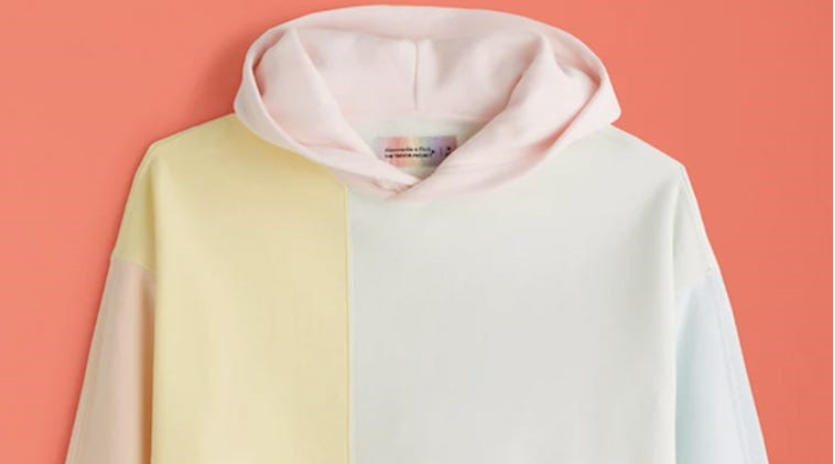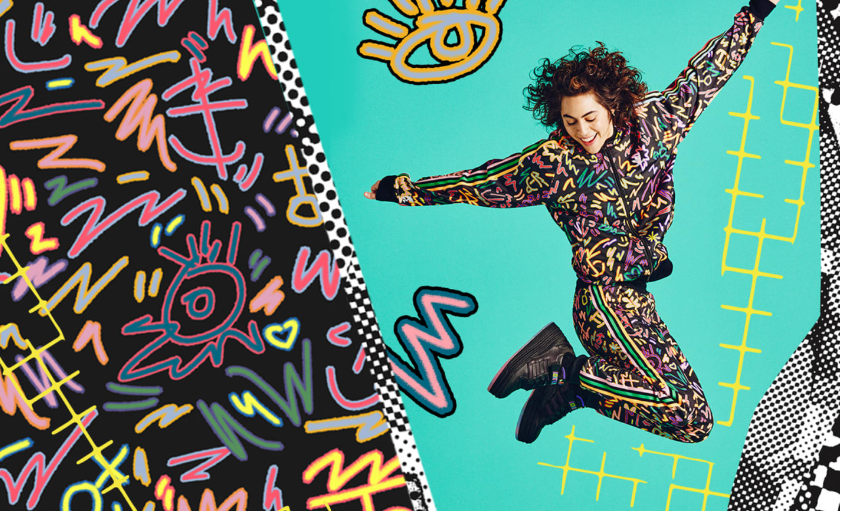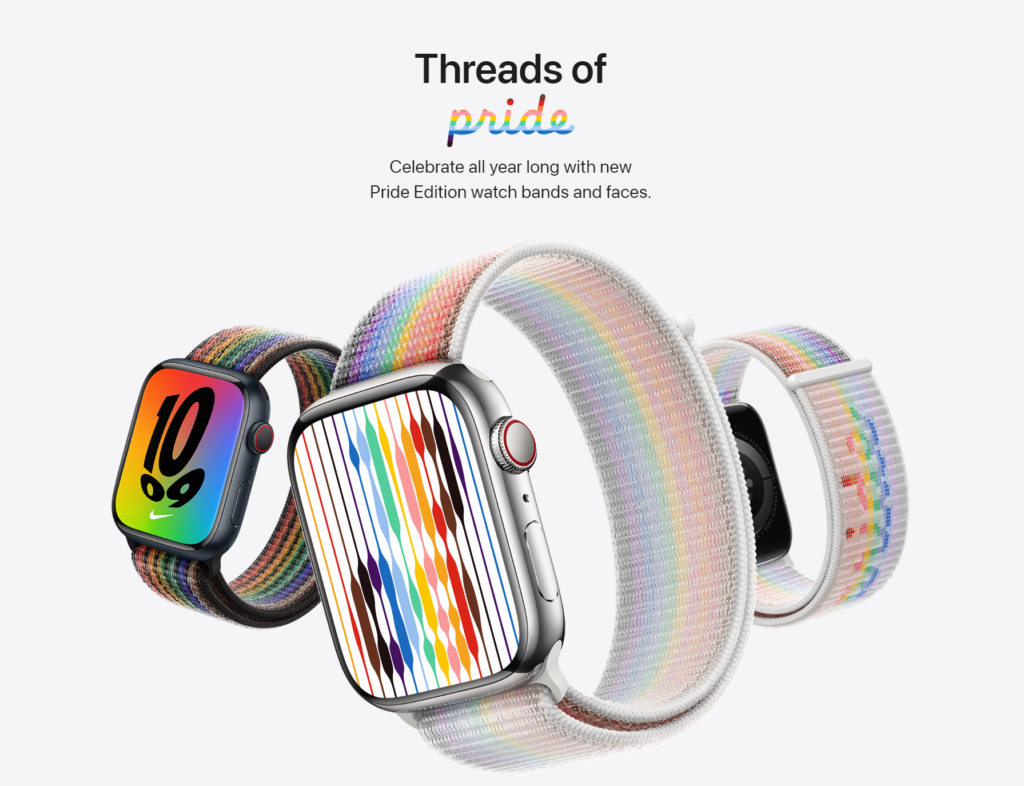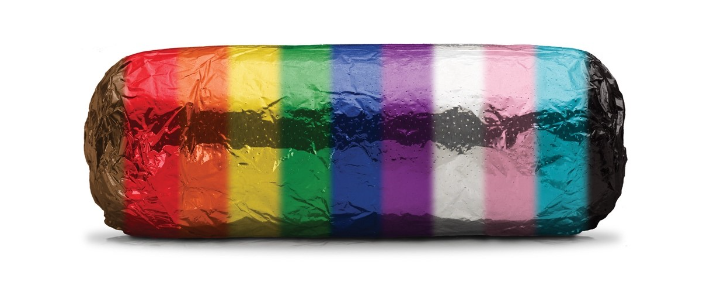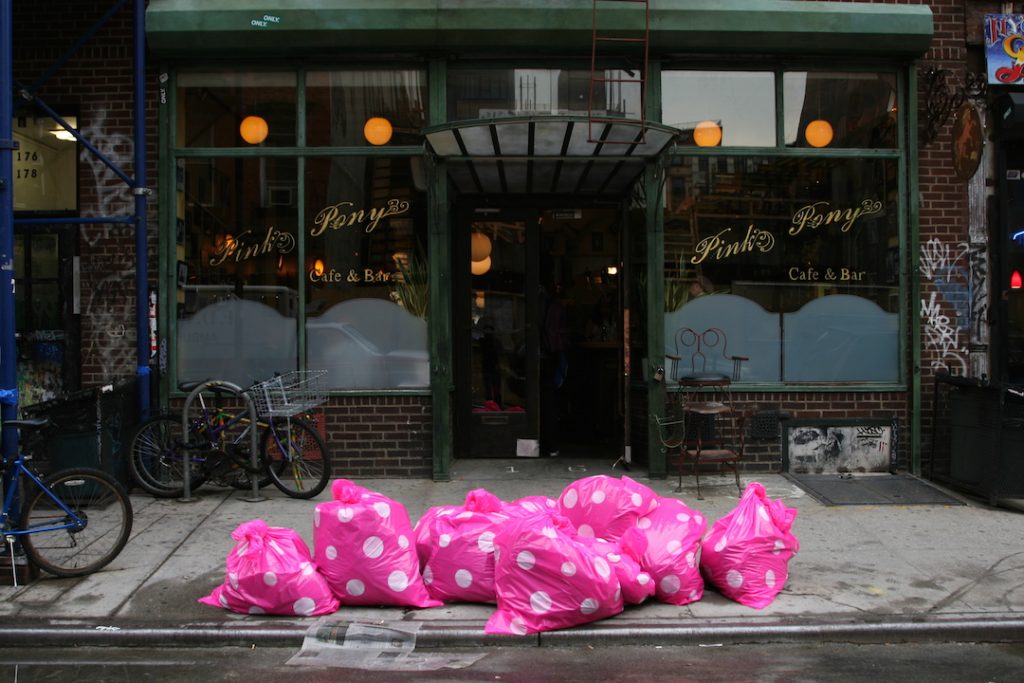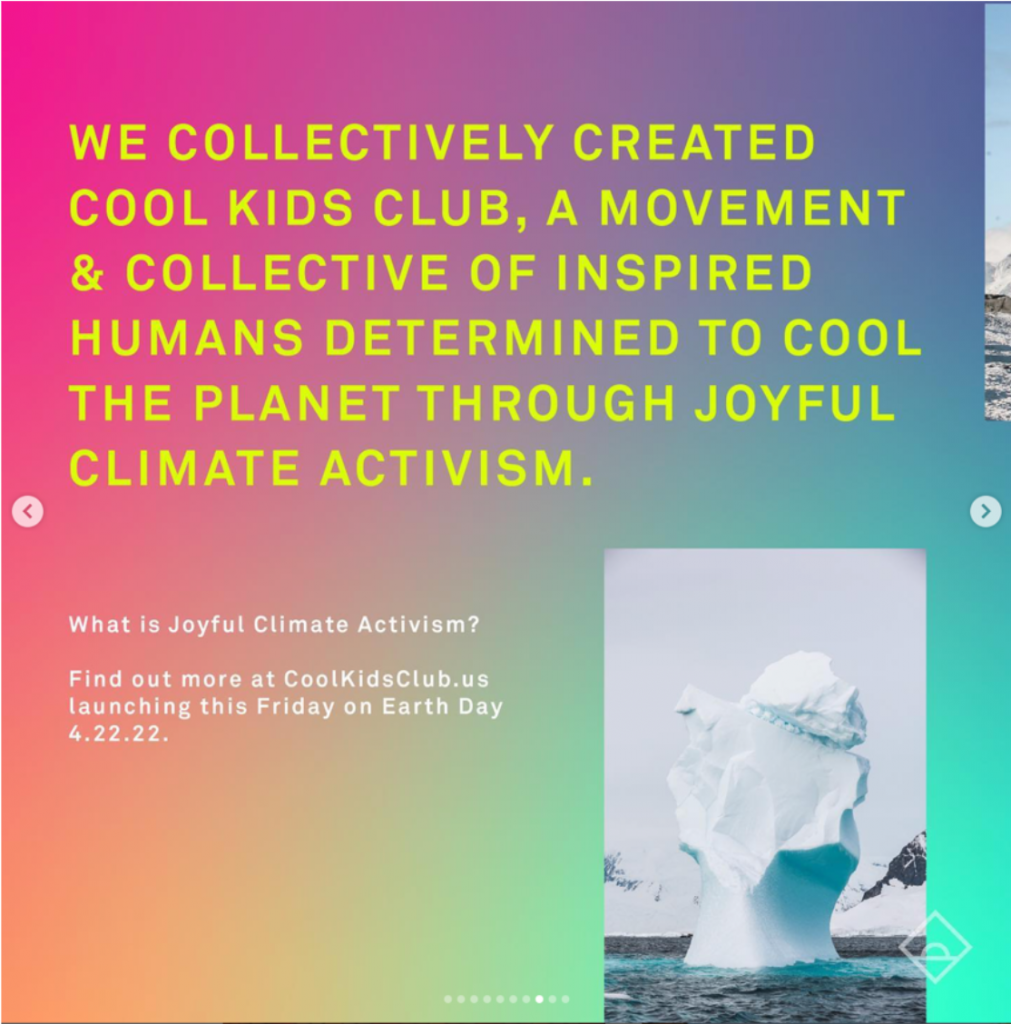Creative Circle is passionate about building inclusive work environments where everyone feels valued and heard. Our efforts aim to create more equitable workplaces for all employees, our talent network, and our clients. It’s not only morally imperative — it’s also critical for the bottom line, as research shows organizations that include people of diverse backgrounds produce significantly more innovative, creative, and effective results.
Our DEI efforts start from within. We employ a workforce that reflects the makeup of society around us, in terms of race, ethnicity, gender, sexual orientation, religion, age, physical ability, and more. This equips us to attract the best talent in the industry, and in turn, our clients benefit from a broad range of backgrounds, perspectives, and experiences.
“Diversity in the workplace is extremely important to candidates, as they want to work for a company that is made up of people with different ideas, backgrounds, and life experiences,” says Shannon Robinson, a senior recruiter for Creative Circle. “When candidates see a variety of different types of people in various departments, as well as in middle management and senior management, then they know they’ll have a fair shot at those opportunities as well.”
Our DEI Mission
We know that diversity, equity, and inclusion make us all better, so we continually work to ensure they remain core to everything we do at Creative Circle. Our vision is clear: To champion the perspectives, voices, and values of our communities by being fiercely anti-prejudice, openly supportive of marginalized communities, and uncompromising in our dedication to equity and inclusion.
We are proud to have taken tangible steps to make Creative Circle a more supportive environment for people of all backgrounds. But we also know that the work is never finished. And as we continue to improve our internal operations and culture, we are also committed to helping our clients achieve bias-free workplaces.
Inclusive recruiting
Creative Circle is dedicated to recruiting a diverse pool of candidates for all positions we fill. We use a variety of job boards and proactive recruitment channels to reach a wide range of candidates and have partnerships with organizations that promote diversity in the creative space.
Implicit bias training
Implicit bias, while not intentional, can unfairly impede minority jobseekers and result in stale, homogenous workplaces. All Creative Circle employees receive implicit bias training to drive objective hiring, provide more opportunities to our candidates from marginalized groups, and support our clients in their diversity hiring efforts.
DEI education
Creative Circle offers regular DEI training and resources to our clients and freelancers to help them better understand and champion DEI in their work. We accomplish this via our robust DEI Education Resource Library for our candidates and clients, which we developed in partnership with Johnson Squared, an inclusion-first diversity and equity consulting agency.
Diversity in Leadership
As of 2021, women and nonbinary employees make up 80% of our company’s workforce, including 65% of the senior leadership team. We are committed to expanding our workforce diversity further along other dimensions, and we have set goals to achieve this.
Employee Resource Groups
In 2020, we established employee resource groups (ERGs) to foster supportive and inclusive communities within the organization. Our nine (and counting) ERGs provide communities for employees with various different experiences and interests, including Black women, parents and caregivers, neurodivergent employees, and more. Creative Circle supports every ERG through executive sponsorship, professional development, community outreach, networking, recruiting, and shared experience.
Diversity-Focused Partnerships
We are proud to partner with the Emma Bowen Foundation, an organization that provides paid internships for students of color in the media and tech industries. Since its founding in 1989, EBF has connected more than 1,300 students of color to some of the nation’s leading media companies and continues to advocate for best practices in hiring, retention, and advancement in the media and technology industries. Today, the Emma Bowen Foundation helps us source exceptional students of color for our internal job openings as well as contract and full-time roles with our clients.
To increase the reach of and access to our opportunities, we post all our clients’ roles on Professional Diversity Network (PDN), the nation’s number one, single-source diversity online recruitment company that focuses on reaching both active and passive diverse professionals.
Community Outreach
Beyond striving for the most inclusive environments possible for us and our clients, we also have a commitment to supporting organizations that promote diversity and inclusion in the broader creative community. Local Creative Circle teams have sponsored events including Women in Business summits at the Minnesota Chamber of Commerce, the “Diaspora: The Art of Blackness” exhibition at Harrington College of Design in Chicago, the S.H.E. Summit in New York City, WomenHack in San Francisco, and more.
Corporate Social Responsibility
While we at Creative Circle are laser-focused on bringing creative visions to life, we are also committed to making the community around us a better place to work and live. We are proud to support local and national nonprofit organizations, implement sustainable best practices, and prioritize diversity and inclusion within the organization. Read more about our commitment from our parent company, ASGN.

